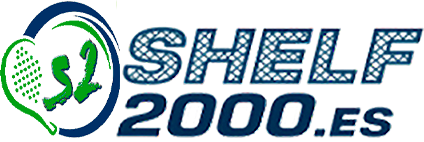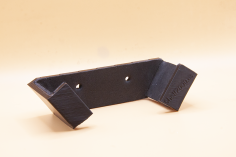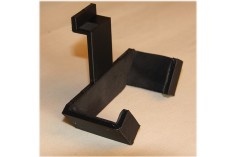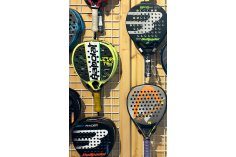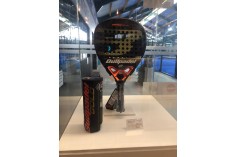- Jose Majadas
- Padel Store Furniture | Racket Holders and Displays
- 0 likes
- 1364 views
- ESL padel, electronic shelf labels, retail technology, pro shop padel, digital, signage, price management, omnichannel retail

Electronic Shelf Labels (ESL) are transforming sports retail and, in particular, padel pro shops. They replace paper with electronic displays connected to a CMS and a gateway, enabling real-time management of prices, promotions, and messages.
In a club shop where accessories and rackets change frequently—and where campaigns are tied to tournaments, bundles, or quick promotions—ESLs are a direct lever for operational efficiency and increased sales.
Key benefits (operational and commercial)
-
Paperless, fewer errors: prices are updated directly from ERP/e-commerce to shelves, avoiding discrepancies between label and checkout.
-
Real-time promotions: campaigns like “tournament week,” happy hours, or bundles can be launched instantly without new signage.
-
Native omnichannel: each label can include a QR code linking to the online product page, generating click and conversion metrics.
-
Optimized visual merchandising: clear, consistent templates aligned with the store’s planogram.
-
Time savings: staff focus on customer service and racket demos, not printing and placing paper labels.
Components and architecture
-
ESL CMS: price rules, templates, campaign scheduling.
-
Gateway: connects CMS and labels via RF or Wi-Fi.
-
Electronic labels: different sizes for accessories or gondola headers.
-
Integrations: ERP, POS, and e-commerce for total consistency.
-
Optional: handhelds for reassigning labels and digital signage for gondolas.
Padel-specific use cases
-
Tournament campaigns with progressive discounts.
-
Player-level bundles with summarized technical specs.
-
Fast rotation of basics like grips, protectors, and balls.
-
Racket comparisons with technical bullets on labels.
-
Click & collect with integrated QR codes.
KPIs and ROI
Measure before and after:
-
Price error rate.
-
Campaign update time.
-
Conversion in families with ESL vs. without.
-
QR adoption and visits to product pages.
A simple ROI model combines time savings + reduced printing costs + increased sales in highlighted products.
Step-by-step implementation
-
Initial diagnosis of SKUs, families, and planogram.
-
Define objectives and KPIs.
-
Create templates by product level.
-
Map integrations with ERP/e-commerce.
-
Controlled pilot (6–8 weeks).
-
Team training.
-
Phased rollout.
-
Continuous optimization and reporting.
Visual merchandising with ESL
-
Place competition rackets at eye level.
-
Use large labels for headers and small ones for basics.
-
Clear templates: big price, technical bullets, and QR code.
-
Color coding by level (beginner, intermediate, competition).
Analytics integration and testing
UTMs on each label to measure clicks and conversions in Analytics.
A/B tests with different messages: strikethrough vs. final price, benefits vs. specs, QR to comparison tool vs. product page.
Risks and mitigation
-
Data misalignment: clear governance of prices.
-
Visual overload: limit to 3 bullets.
-
Network failure: redundant gateway.
-
Staff resistance: hands-on training and clear SOPs.
Quick checklist
✔ KPIs defined
✔ Templates approved
✔ Integrations ready
✔ Pilot scheduled
✔ Training completed
✔ Promotional calendar loaded
ESLs represent a strategic change for padel pro shops, aligning efficiency, omnichannel consistency, and better shopping experiences.
